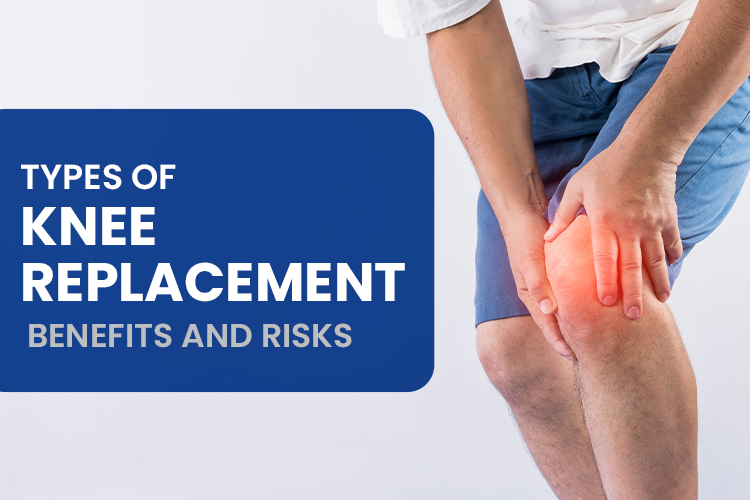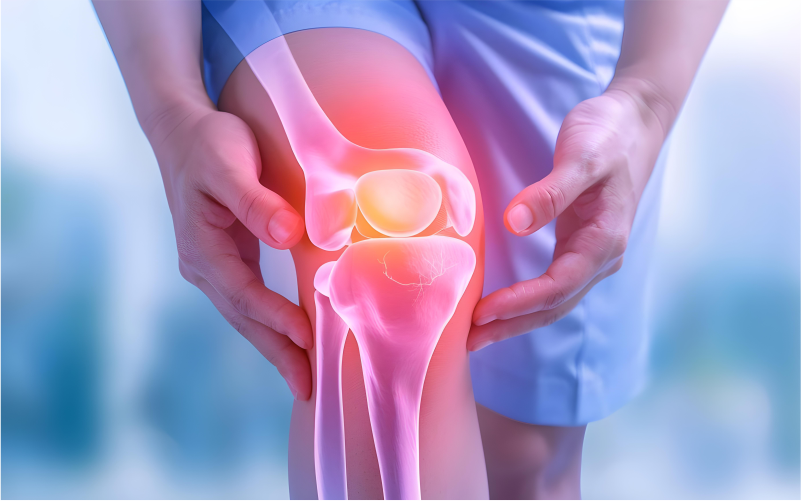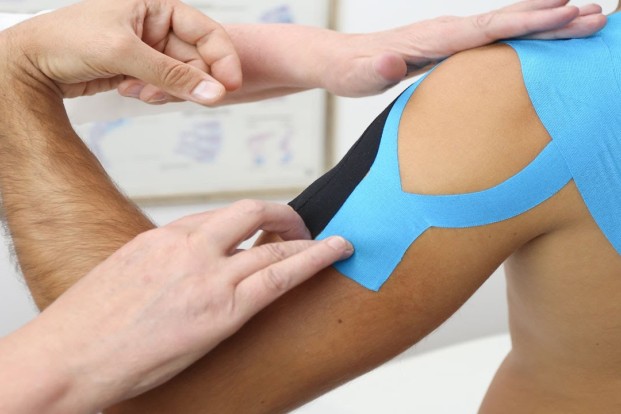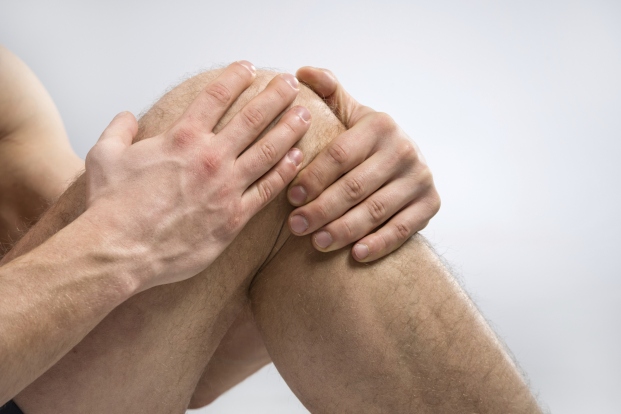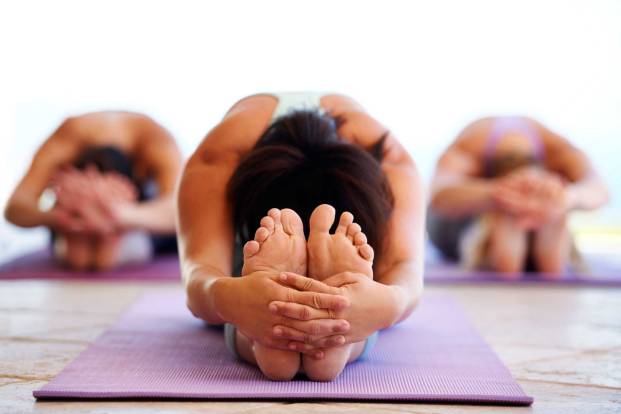Prevention of Back Pain with Good Posture

Apr 19, 2022
Importance of good posture
Our spine is strong & stable if we practice healthy postures. But if we stoop or slouch, our muscles & ligaments strain for keeping us balanced. This can cause headaches, back pain & other issues.

Our spine’s curves
A Healthy back comprises of 3 natural curves:-
- Cervical curve or an inward or forward curve located at neck
- Thoracic curve or an outward or backward curve located at upper back
- Lumbar curve or an inward curve located at lower back
Good postures help us maintain the natural curves, whereas bad postures do the opposite and may pull or stress the muscles and lead to pain.
Good Standing Posture
While standing we shall remember the below tips:
- Standing straight & tall with our shoulders back
- Keeping our head level & in line with our body
- Pulling in our abdomen
- Keeping our feet about a shoulder-width apart
- Not locking our knees
- Bearing our weight mainly on the feet balls
- Letting our hands naturally hang at the sides
If we need to stand for a long time, we shall sift our weight from the toes to our heels or from 1 foot to another.
The Wall Test
For testing our standing posture we shall do the wall test by standing with our head, the shoulder blades & buttocks touching the wall & having our heels around 2-4 inches away from the wall. We shall try reaching back & sliding our hand behind the curve in our lower back, with our palm flat against that wall.
Ideally, we could feel about 1 hand’s thickness space between our back and wall. If there is a big space, we shall tighten our abdominal muscles for flattening the curve in our back. If there is very less space, we shall arch our back so that our hand comfortably fits behind us. We would have to walk away from that wall while we maintain that posture. This should be maintained as an everyday activity.
Good Sitting Posture
While seated, we shall remember to:
- Adjust the chair’s height in a manner that our feet can rest flat on the floor or on footrest & our thighs shall be parallel to the floor.
- We shall not cross our legs. Our ankles shall be in front of our knees. We shall keep a little gap between the back of our knees & the front of the seat.
- If the chair does not support the curve of our lower back, we shall place a small pillow or a rolled towel behind the lower back
- We shall stretch our head towards ceiling & tuck our chin slightly in.
- We shall keep our upper back & neck straight comfortably
- We shall keep our shoulders relaxed and not elevated, pulled backward or rounded.

